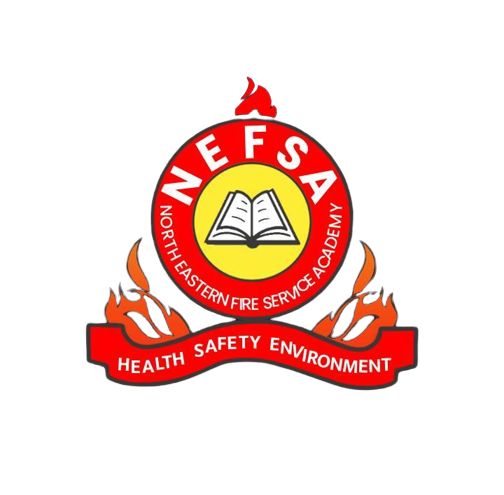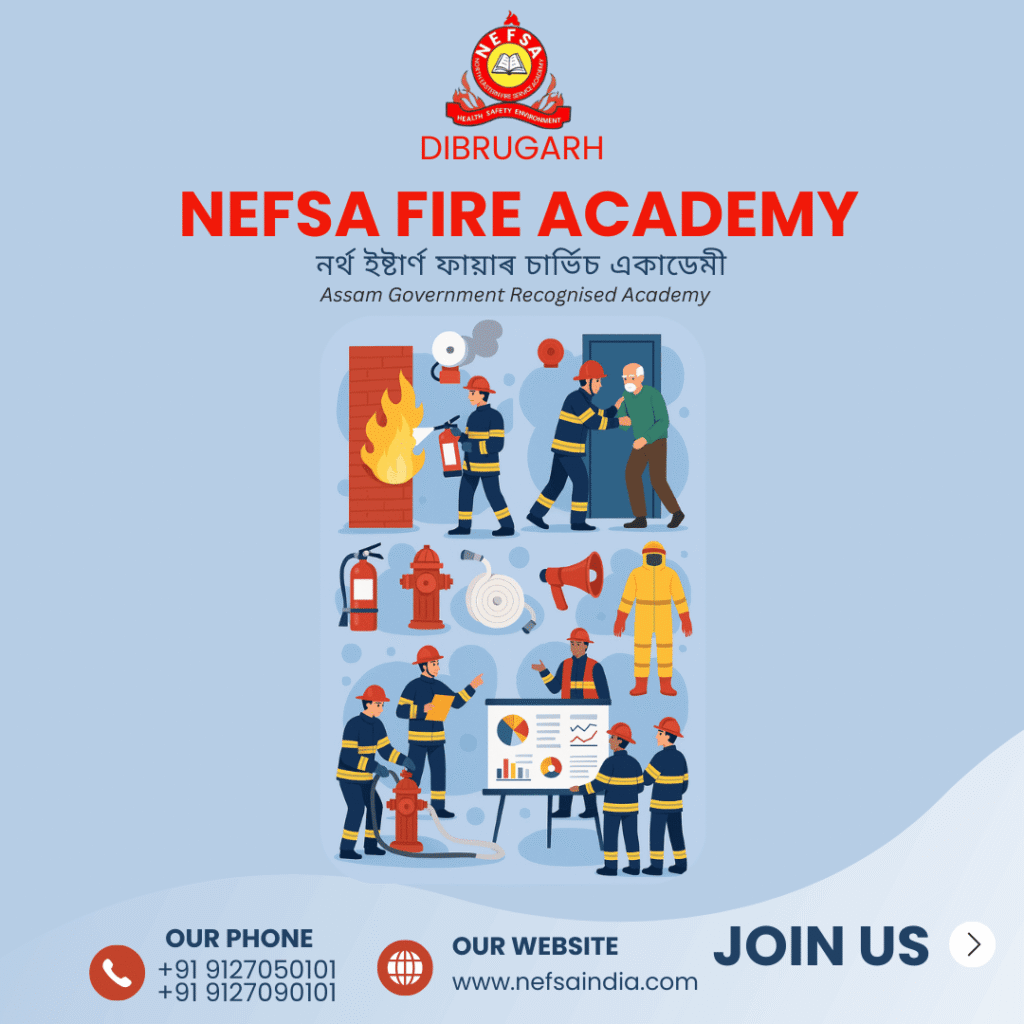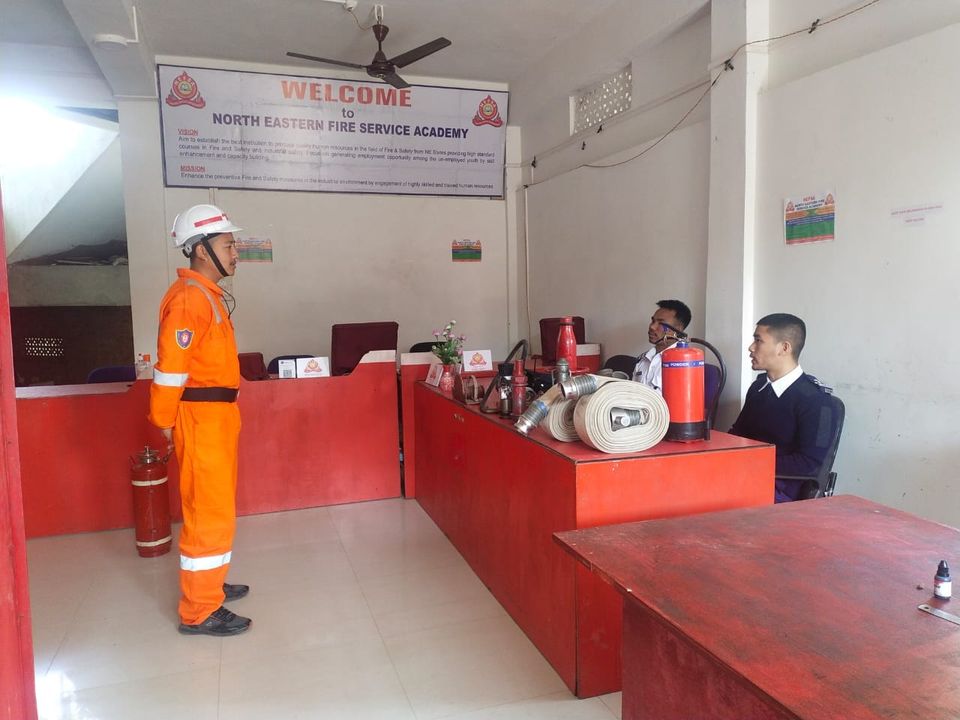Fire safety isn’t just a profession — it’s a responsibility that saves lives, property, and communities. At NEFSA Fire Academy, students gain hands-on training in real-life fire scenarios, preparing them to respond effectively to emergencies. Whether you dream of becoming a firefighter, safety officer, or emergency responder, NEFSA equips you with the core skills needed to excel in the fire and safety industry.
1. Fire Prevention and Control Techniques
At the heart of fire safety lies prevention. NEFSA’s curriculum focuses on identifying fire hazards, understanding fire behavior, and learning modern methods of fire suppression. Students are trained to handle various types of fires from electrical to chemical using the correct extinguishing agents and firefighting equipment.
Key Learning Outcomes:
-
Types and classes of fire
-
Operation of fire extinguishers
-
Fire alarm systems and detection technology
-
Practical drills on containment and control
2. Rescue and Evacuation Operations
In emergency situations, every second counts. NEFSA emphasizes rescue techniques and safe evacuation procedures to ensure effective response during disasters. Trainees practice rescuing individuals from confined spaces, high-rise structures, and smoke-filled environments.
Key Learning Outcomes:
-
Victim rescue and recovery procedures
-
Evacuation route planning
-
Emergency communication and coordination
-
First aid and casualty handling
3. Industrial Safety and Risk Assessment
Fire safety extends beyond firefighting it’s also about preventing industrial accidents. NEFSA students are trained to identify workplace hazards, implement safety protocols, and conduct regular safety audits.
Key Learning Outcomes:
-
Risk assessment and hazard analysis
-
Industrial safety management
-
Personal protective equipment (PPE) usage
-
Handling hazardous materials (HAZMAT)
4. Fire Equipment Maintenance and Inspection
Firefighting gear and systems are only effective when properly maintained. NEFSA teaches the technical know-how of inspecting, maintaining, and troubleshooting fire safety systems and equipment.
Key Learning Outcomes:
-
Fire hydrant and sprinkler system maintenance
-
Equipment inspection checklists
-
Record keeping and compliance standards
5. Emergency Response Planning
Preparedness is the backbone of safety. NEFSA trains students in developing and executing emergency response plans tailored to different industries and environments.
Key Learning Outcomes:
-
Emergency planning and response coordination
-
Crisis management strategies
-
Safety drills and simulations
6. Leadership and Communication in Crisis
A true firefighter must lead under pressure. NEFSA ensures every trainee develops leadership, teamwork, and communication skills essential for working in high-stress environments.
Key Learning Outcomes:
-
Incident command system (ICS)
-
Team coordination under emergency conditions
-
Decision-making and communication skills
Conclusion
At NEFSA Fire Academy, learning goes beyond textbooks it’s about real-world experience, discipline, and courage. Each trainee graduates with not just knowledge, but the confidence to act swiftly and responsibly in the face of danger. Whether you aspire to serve in public fire services or pursue a career in industrial safety, NEFSA prepares you to make a lasting impact.
If you’re passionate about saving lives and ensuring safety, join NEFSA Fire Academy today and turn your commitment into a lifelong profession.
Contact us today to know more about admissions, batch schedules, and course details.
Visit: www.nefsaindia.com
Location: Dibrugarh, Assam
For More Blogs:- Click here







